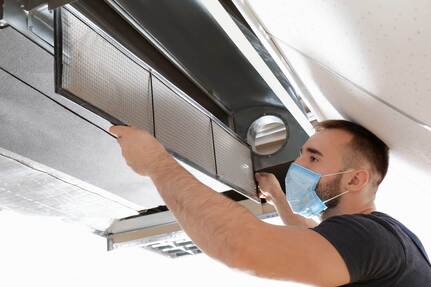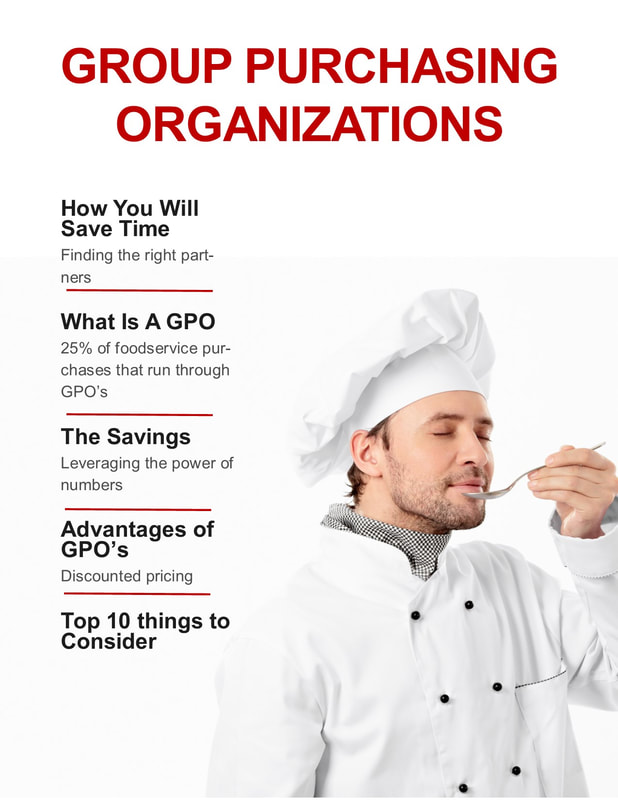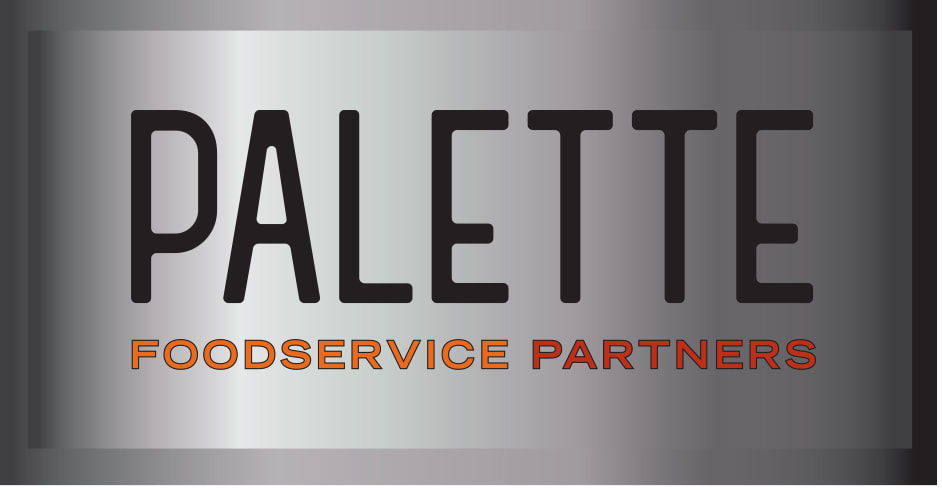|
Longtime restaurant workers learn a wide range of hard and soft skills that can apply widely within the foodservice industry and outside of it – from team leadership to supply chain oversight to customer care. A new AI-based service called Talent Exchange is helping workers impacted by COVID-19 to quickly find jobs that align with their skillset. Backed by McKinsey & Company, the company counts Starbucks, Mondelez International and Pizza Hut among its participating companies. It may be worth considering if you’re an operator helping a longtime team member find a temporary job or if you’re scaling your staff back up. Restaurant Business reports that companies can upload a list of information about their furloughed or laid-off employees, then AI can suggest candidates to hiring businesses based on how well they are likely to match a role. Managers can also keep track of where furloughed employees landed so they can reconnect with them down the line.
Even for an industry used to having to adapt to change, the past several months have forced restaurants to take a crash course in being flexible: Offer curb-side pickup. Adapt your online systems to accommodate curb-side pickups and deliveries. Offer delivery but avoid having to pay steep third-party delivery fees. Create an outdoor dining area. Adapt your indoor dining area. Train your staff on rapidly developing regulations. Adjust your menu to align with people’s changing daily routines and fluctuations in the supply chain. In a Nation’s Restaurant News report, the supervisor of restaurant operations for the south Florida casual dining chain Flanagan’s credits cross-training, as well as data monitoring, with the restaurant’s ability to adapt to the rapidly changing environment in the state. The restaurant has been able to keep many of its employees working by training them to package and deliver food and take phone orders, as well as serve customers arriving for curb-side pickup. As regulations have changed, Flanagan’s has relied on data to help determine how many employees they will need where – if regulations call for their dining room to serve at 25 percent capacity, for example, they can look back at their data and assess how they managed staff and service the last time they were at 25 percent capacity. What are your top tools and practices that help you shift gears when needed?
As the easing of restaurant dining restrictions in states across the U.S. has given restaurants a bit of a reprieve from the plethora of economic challenges COVID-19 has caused, it may be difficult to even stop for a moment and ponder the challenges ahead. But as temperatures cool around many parts of the U.S., potentially making outdoor dining less appealing, restaurants will need an airtight off-premise sales structure to sustain business. Many are struggling with that. In new survey research released by Upserve, 47 percent of restaurant operators who responded said their biggest challenge of the past several months has been shifting to a new business model such as online ordering and delivery. Meanwhile, between February and April, Upserve found that online ordering grew 3,868 percent. As winter approaches, how can you fortify your online business and ensure you’re not losing delivery fees to third-party providers? Is your website (and if applicable, your app) easy to navigate for people looking to place an order? Do you make dishes easy to customize due to customer preference or health requirements? Is your menu efficient to prepare and stocked with items that are just as tasty upon delivery as they are served in your dining room? If you offer delivery via third-party provider, are you communicating to customers how much it helps you if they pick up their order instead? Can you entice customers to pick up their order in exchange for a discount or other benefit? People will still crave restaurant food as the virus persists into the cooler months, so how can you streamline the process of connecting them with yours?
Your business likely looks a lot different than it did at the start of the year. Does your insurance? Your coverage may need to adjust to the current environment – and you may be able to negotiate more beneficial terms and payment options. QSR Magazine suggests contacting your advisor to discuss the possibility of a pay-as-you-go option and to ensure your worker’s compensation coverage has kept pace with changes to the number of people you have on staff. Finally, if you’re approaching renewal time, look for a business owners policy that bundles your liability and property insurance at a cost savings.
COVID-19 has turned the employee training rulebook on its head – and it’s a major area of investment among restaurant operators right now. A June survey of senior executives in retail and hospitality found that for 75 percent of respondents, employee training was their highest priority – well above even contactless payment (48 percent). At a time when fluctuations in COVID-19 cases are causing mandates to change at the state and local levels, it’s critical to be able to contact your team (and have them take appropriate precautions) before they even walk through your doors. Can you connect with your staff at a moment’s notice? Before flu season adds to the strains of the past several months, now is the time to assess weaknesses in your communication protocols and ensure everyone on your staff receives alerts about important operational changes promptly – and understands how to adjust to new mandates as needed.
Yet another aspect of restaurant life that has shifted in recent months is the typical hour when people are consuming restaurant meals. As people have stayed closer to home – both during and after work – they have also altered the lunch and dinner rush. Even as lockdowns have eased, those changes may persist: A Datassential survey of 1000 consumers that was conducted in May found that 35 percent of respondents planned to avoid peak busy times at restaurants – even after lockdowns eased. But instead of seeing this as a negative, could there be advantages to spreading traffic out through the day and evening and not having a crowd for dinner on a Saturday night? Consumers’ perception of time has shifted with the pandemic. Can your incentives capitalize on that? Getting your customers to come in for dinner on a Tuesday or a Wednesday night instead of a weekend may be easier to sell right now. Lunch may not need to fit squarely between certain hours when people are working from home. More people may be open to picking up an extra-early dinner. Case in point: QSR reported recently that Dunkin’ had significantly grown its year-over-year sales between the hours of 11 a.m. and 2 p.m. as a result of offers to “entice guests to join, reactivate, and use DD Perks to make their transactions.” In other words, the brand effectively enticed customers to come in during once-slow periods. How can you harness your rewards program and marketing efforts to drive traffic at odd hours? If you have a lot of customers who are socially distancing now, you may be giving them just the incentive they need to support you.
The capacity to offer outdoor seating is changing the competitive landscape for restaurants right now. Datassential surveyed consumers recently about their perceived safety of a long list of places, ranging from food trucks to grocery delis to stadiums. Restaurants with outdoor seating topped the list, with 63 percent of consumers perceiving them as safe places to go when restrictions are lifted. But is outdoor seating a feasible longterm solution, particularly as the weather gets cold? Air quality has been a key factor in allowing restaurant dining rooms to reopen during the pandemic – and ventilation of indoor spaces is likely to become a growing concern for operators who want to continue to serve people in dining rooms. In Florida recently, McDonald’s unveiled its first net-zero energy restaurant, which includes a new automated energy system and passive ventilation dining room designed to circulate air and regulate temperature. Further on down the ladder, look for more restaurants to incorporate potential air quality fixes like ultraviolet lights – such as the ones installed in the grated ceiling at Marlaina's Mediterranean Kitchen in the Seattle area. The technology holds promise: NPR reports that research shows close to 90 percent of airborne particles from a previous coronavirus (SARS-CoV-1) can be inactivated in about 16 seconds when exposed to the same strength of ultraviolet light as in the restaurant's ceiling.
At a time when food delivery providers can charge commissions on the order of 30 percent, restaurant delivery is facing pressure to evolve – and fast. The good news is that new models are appearing all the time – and they are building on the community spirit that has been on the rise since the start of the pandemic. Fare is a new commission-free food delivery service that CaterCow just launched in New York City. Instead of delivering small, individual orders, it offers a select menu of foods that must be ordered in advance and are then delivered in bulk to a person’s door within a specific building or neighborhood. While it requires some planning and coordination across households, the only charge is to the recipient, who pays a delivery fee (which starts at $3 and climbs based on the size of the order, according to Restaurant Dive). The restaurant keeps the rest. As restaurants have had to close in recent months, or even in the best cases, adapt their models to the current environment, consumers have become increasingly aware that restaurants need patrons to meet them halfway. That may translate into a willingness to forgo some convenience for the sake of ensuring a restaurant’s profits. Can you entice your customers to adapt to picking up meals themselves if you offer a discount or a free item in exchange? Could you mine your tech to identify pockets of customers, then offer a deal to cost-effectively deliver meals in bulk to apartment buildings yourself? Could you partner with nearby restaurants to share a delivery team? Now is the time to think creatively about how to get food to customers – and to tell them how they can best support you.
|
Subscribe to our newsletterArchives
April 2024
Categories
All
|












 RSS Feed
RSS Feed